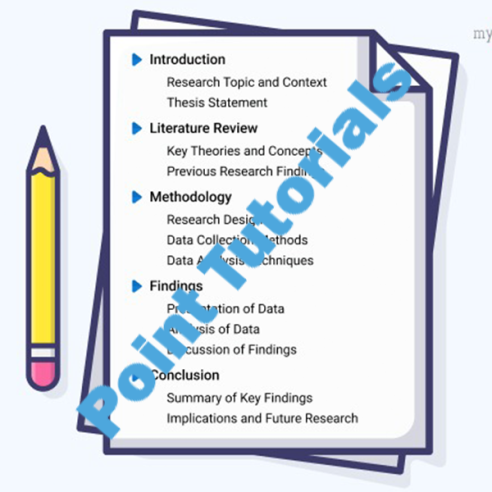
NURS FPX 4040 Assessment 3_Peer-Reviewed Publications that Promote the Use of Technology
In Stock
Peer-Reviewed Publications that Promote the Use of Technology
My annotated bibliography was centered around the use of artificial intelligence (AI) in healthcare. AI is an exciting new discipline that has the potential to drastically change patient care, and as someone who is interested in technological advancement and its medical applications, I believe it to be very promising. AI systems have the potential to assist physicians in making more precise diagnoses, forecasting health outcomes, and creating individualized treatment regimens for each patient by evaluating vast volumes of intricate patient data.
For the purpose of creating this bibliography, I looked through a number of academic databases that the library at my university had access to. Since CINAHL indexes a lot of papers on nursing and allied health, that’s where I started. I also looked up studies on AI’s medicinal applications using MEDLINE and PubMed. Ultimately, I discovered fresh research not included in the earlier databases by using the academic search engine Google Scholar. “Artificial intelligence,” “machine learning,” “deep learning,” “healthcare,” “medicine,” and “clinical decision support” were among the search terms I used. I was able to obtain a large number of current, peer-reviewed studies that examined different applications of AI in medical settings. The publications I chose offered perceptive viewpoints on the benefits and drawbacks of incorporating AI into healthcare systems.
Bibliography with annotations
Kundu, R., Das, R., Geem, Z. W., Han, G.-T., & Sarkar, R. (2021). Pneumonia detection in chest X-ray images using an ensemble of deep learning models. PLoS ONE, 16(9), e0256630. https://doi.org/10.1371/journal.pone.0256630
In order to assess the convolutional neural network CheXNet’s diagnostic performance in comparison to that of radiologists in practice, a sizable dataset of chest radiographs was employed for training. The ChestX-ray14 dataset, which has over 100,000 X-ray pictures annotated for various thoracic diseases, was used by the researchers to train CheXNet. To create a performance standard for radiologists, they then had four active radiologists independently annotate a test set of 420 photographs. In the same test set, CheXNet outperformed the average radiologist with an F1 score of 0.435 for pneumonia detection. This illustrates that CheXNet can diagnose pneumonia at a level that is higher than that of most practicing radiologists. However, the authors point out that automated pneumonia identification at the expert level could enhance healthcare delivery and access to medical expertise, particularly in places lacking qualified radiologists, with regard to the influence on patient safety and quality of care. Relevance to the healthcare team and nursing practice: workflows could be streamlined by artificial intelligence supporting medical imaging analysis.
Price:$30.00
Category: List of Solutions
